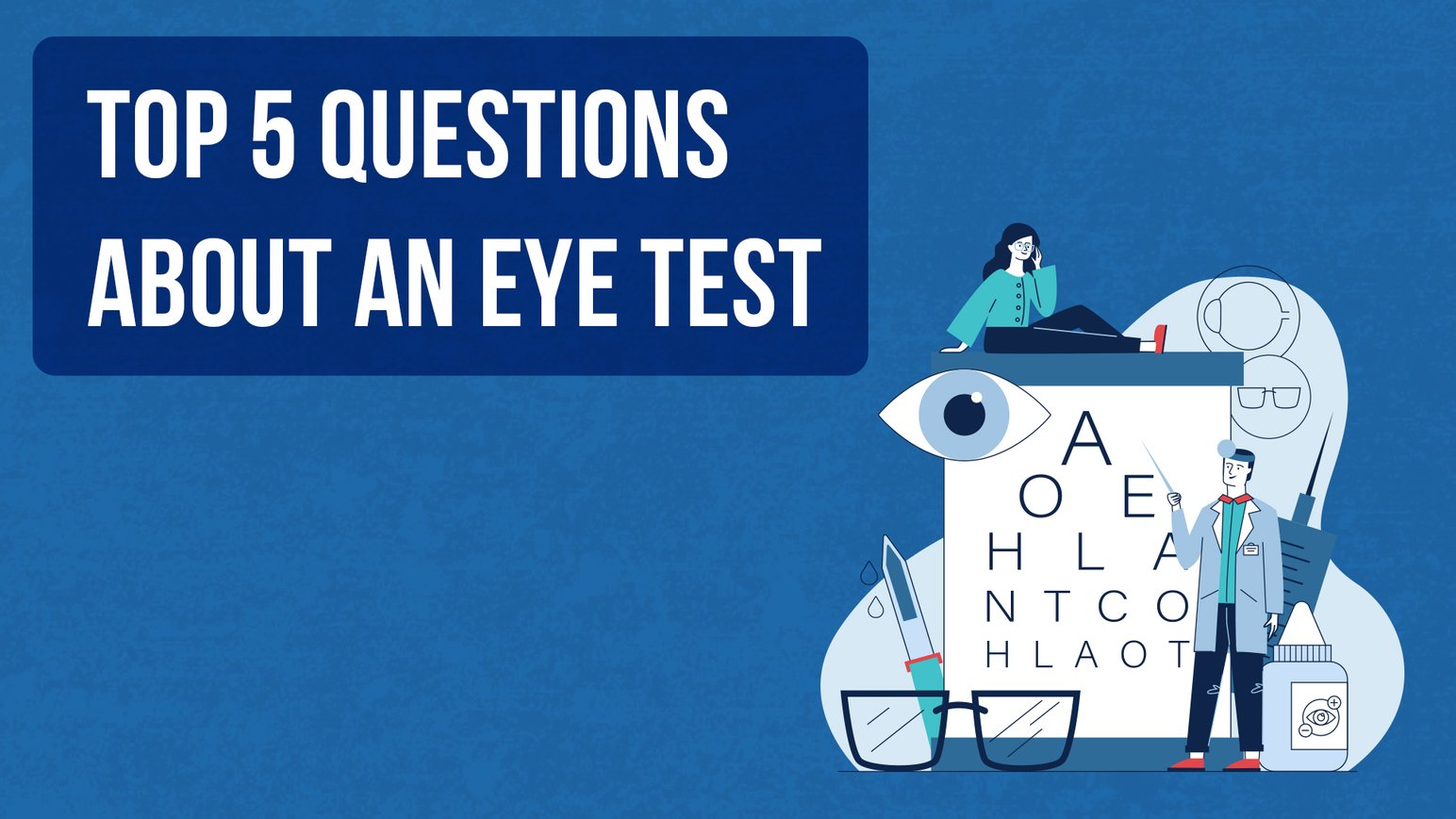Does small print appear blurred, especially under low light conditions or maybe when you are tired?
Do you have to push the print further away from you to be able to read it?
Then most probably you have PRESBYOPIA.
This happens to most of us over 40, due to the lens in your eye which becomes stiffer, causing focussing problems for close work.
The good news is that nowadays there are many convenient solutions.
So, what are your options??
- You can have a pair of reading spectacles which can be used just for reading and close work, but you would have to remove these when looking into the distance.
- Another option, which is one of the most popular choices, are varifocal spectacle lenses. These are lenses that are focussed for distance, intermediate (computer distance) and reading all in one lens. The varifocal lenses available today such as Zeiss Smartlife lenses, can be tailored according to each customer’s individual lifestyle and needs, so if you spend many hours in front of a computer screen, you can have lenses with a wider intermediate area. They have also become so much easier to get used to than previous varifocal lenses, hence the reason for their success.
They are also very convenient for those who need distance and reading spectacles, so having to avoid removing and putting on different pairs of spectacles.
- However, for those who might not be too keen on spectacles all the time, there are other options available too.
- If you are not too keen on spectacles all the time, multifocal contact lenses are available both as monthly (Air Optix Multifocals) and daily use (Dailies Aquacomfort Plus Multifocals). These are contact lenses where you can see both for distance and reading. The newer water gradient silicon hydrogel Dailies Total 1 are now also available as Multifocals. They offer increased moisture and breathability, so are better suited for those who wear their lenses for longer hours or whose eyes get dry.
- Alternatively, if you prefer a totally different solution you can have Refractive Lens Exchange Surgery, where a Multifocal Intraocular Lens is implanted into the eye. This is similar to cataract surgery, whereby an artificial lens, which corrects both distance and near vision is implanted into the eye.
In all cases, ask your eye care practitioner, who will assess your suitability and guide you through the various choices, so that together you can arrive at an option that is best suited to your needs.


